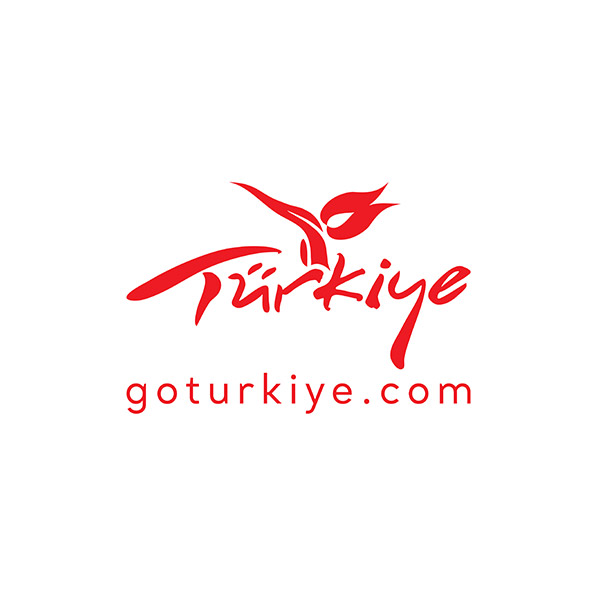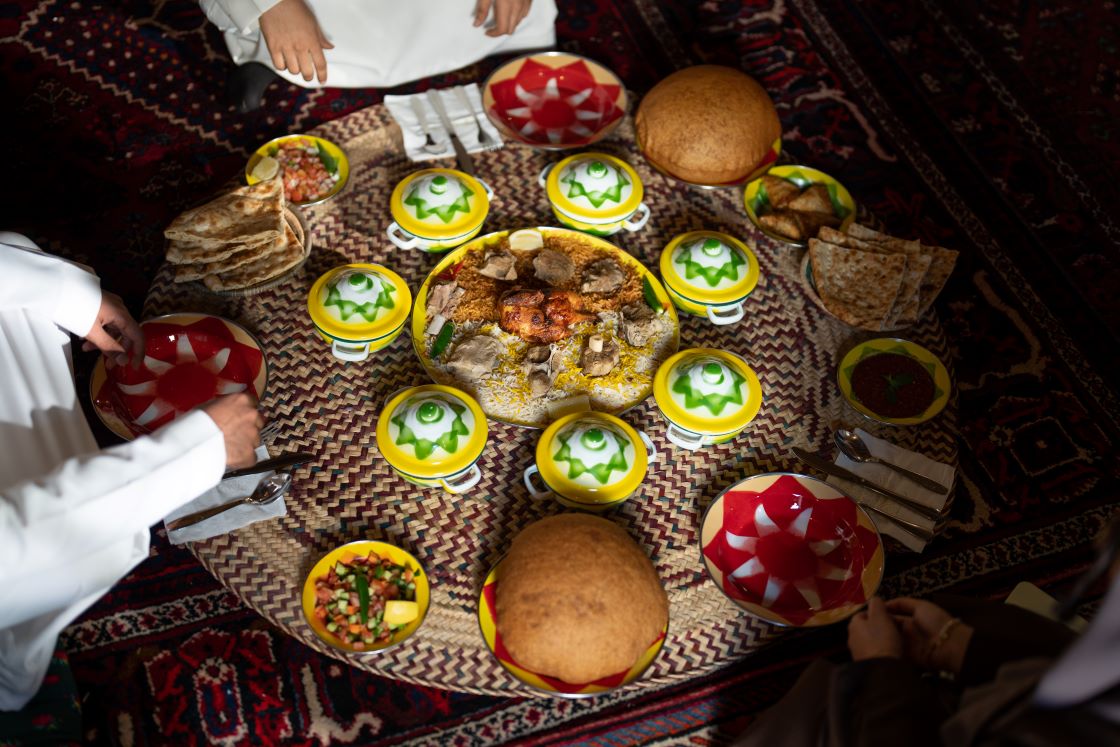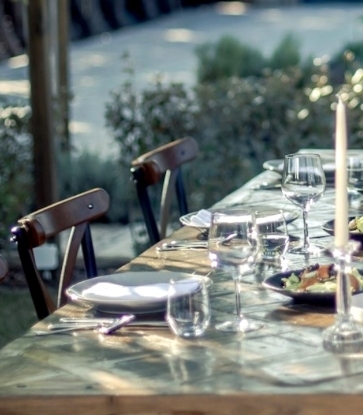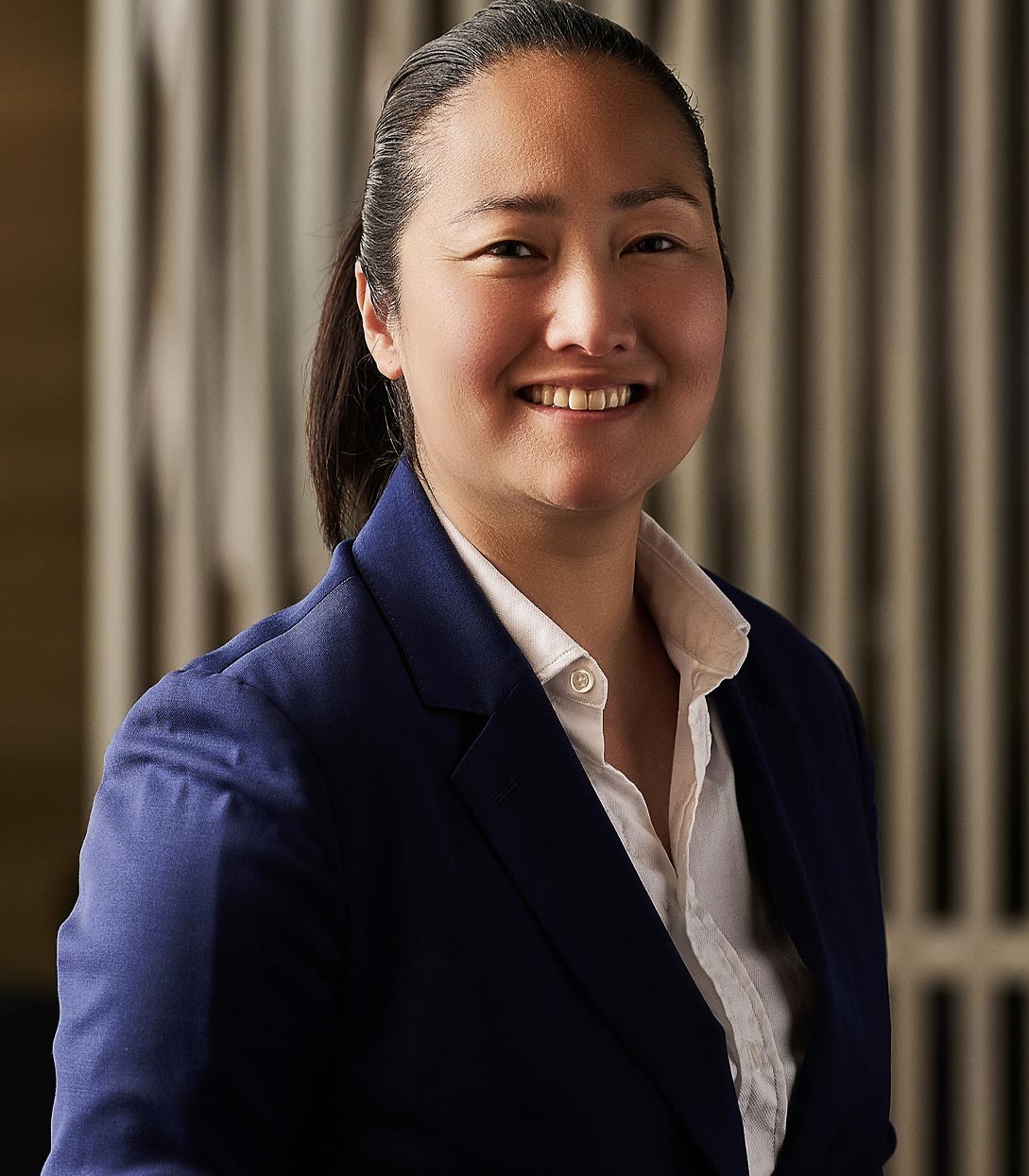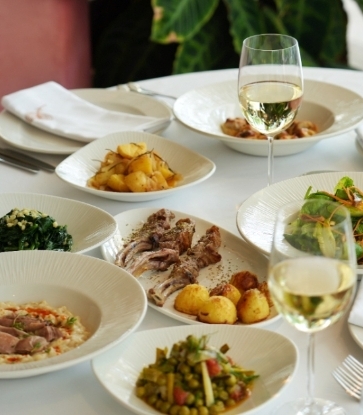Located in İstanbul’s historic “Suriçi” (Walled City) district, Lokanta 1741 is a unique place that seamlessly blends the old and the new. Cağaloğlu Hammam, one of the best examples of İstanbul’s bath culture, and Lokanta 1741, which opened in 2019, share the same historic building dated 1741. This is a truly unique experience, not only in İstanbul but even in the world, as it offers a dining adventure in the stone-walled chambers inside the bathhouse, either by the fireplace in winter or on the terrace in the summer, letting you enjoy the panoramic view of the bathhouse’s domes. Upon arrival at the hammam’s hall with marble fountains, guests are welcome to explore the magnificent bathhouse, which is still active, or the restaurant, which offers a fascinating experience by adding its flavors to the charm.

Upon entering the restaurant, you should take a look at the cocktail menu at the terrace bar for a glance around. Signature cocktails like “Külhanbeyi,” (“Rowdy”), “Divanyolu,” (Name of the district of Topkapı Palace), “Kurna,” (“Marble Lavour”) and “Bakrac” (“Copper bucket”) stand out with their names and ingredients, embodying the essence of the place. When you begin your meal, you will be greeted with a signature dish as well: olive soup. After this heartfelt welcome from Chef Durukan Özgen, who was inspired by olive pomace burnt to heat the bathhouse since its foundation, the menu unfolds with dishes enriched by the city’s diverse cultures. On the menu, which takes you on a diligent tour of different ethnic groups of the city, you will find a range of exciting dishes from kakavia cooked with verjuice, which is a Greek-style fish stew to Circassian chicken, from goose meat stuffed dumplings to Armenian-style liver. Chef Özgen adds small touches while preserving the essence of these dishes, believing that the history and flavor memory of the city must continue in a restaurant located in a hammam built almost 300 years ago. Özgen says he “prepares dishes that are not minimal,” stands by the authenticity of his techniques and is careful to source his ingredients primarily from Türkiye and neighboring regions. The wine menu keeps this philosophy: It features only selected wines from boutique winemakers of Türkiye. In addition, the lunch menu includes even more local dishes and is a nod to the street food culture. As you see, single visit to Lokanta 1741 is never enough because you can try the various concepts during lunch and dinner hours.


If you are around Divanyolu, the ancient part of the city, you are so close to the renowned Cağaloğlu slope. Descending this slope leads you straight to Eminönü, allowing you to enjoy the landscape of the sea from above. And Eminönü means, -of course!- Mısır Çarşısı/Spice Bazaar. With its spice shops, confectioners, coffeehouses, cheese mongers, delis, and Turkish delight shops, the bazaar is also home to Pandeli, one of İstanbul’s oldest restaurants, listed on the Bib Gourmand. Established in 1901, Pandeli has changed locations several times but has finally settled on the top floor of the Spice Bazaar since 1957. It is closely identified with the Republic and is often regarded as one of the foremost representator of the “İstanbul cuisine.” Olive oil dishes, döner kebab, aubergine pastry with döner kebab, Sultan’s delight (lamb stew served on mashed roasted aubergine and bechamel sauce), cherry brewis, and almond cookies served here are very famous. Still, the most renowned dish is seabass cooked in the paper, which has been identified with Pandeli Çobanoğlu, the restaurant’s Greek-origin founder and a very esteemed chef of Türkiye.


Besides the famous seabass cooked in paper, another significant symbol of the restaurant is “Pandeli’s turquoise” tiles adorning the walls. These staring tiled chambers are so associated with Pandeli that anyone who sees the turquoise tiled walls contrasting with the dark blue in any photograph will recognize it as Pandeli. And Pandeli means permanence: a stable atmosphere, cult flavors, and dishes that are prepared with great care to keep their taste the same. These recipes, handed down from Mr. Pandeli, who died in 1967, to his son Hristo Pandeli and Abdullah Sait Sevim, who is still in charge of the restaurant’s kitchen, are of great importance in preserving the flavor heritage of not just the restaurant, but the entire city. Many of the restaurant’s regulars used to eat here with their grandparents and now bring their grandchildren. Sevim, who has been the restaurant’s chef for over 25 years, and Özay Çınar, the manager in charge of the service department for just as long, have successfully shouldered this great responsibility. Thus, Pandeli continues to be an honor to the city, keeping with the legacy of the historic Spice Bazaar.

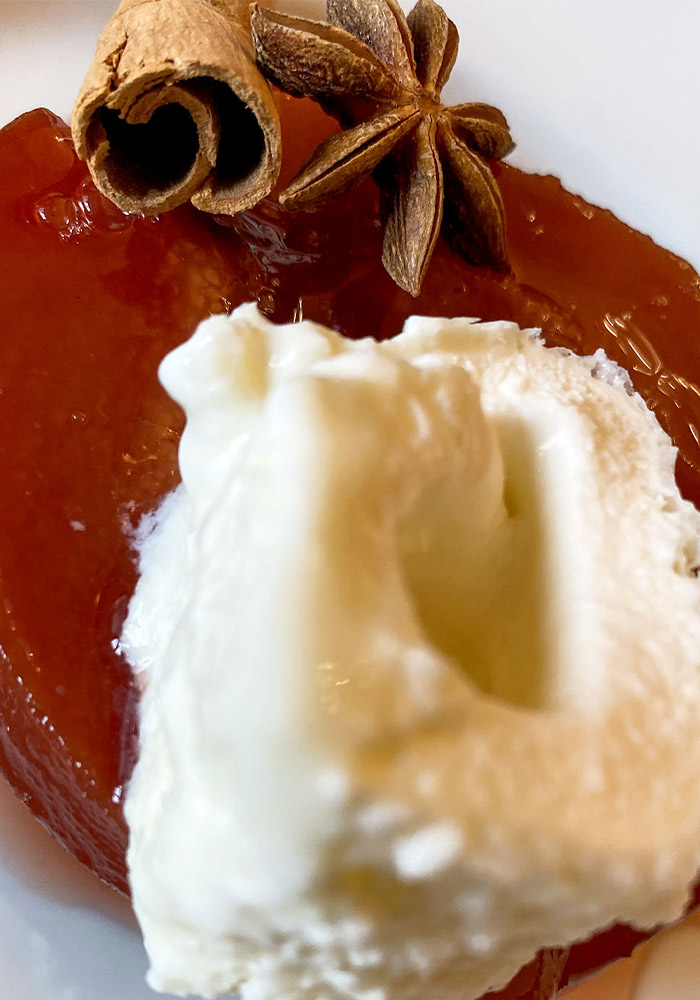
The view from Pandeli’s windows over Eminönü Square and the Galata Bridge is perhaps the most iconic landscape in Istanbul. Luckily, it’s also an excellent route for walking. Pera, which includes many places from the Karaköy section of the bridge to İstiklal Street, reflects the different historical and gastronomic traces of İstanbul, so there are many restaurants from this area in the Guide. But among them, Aheste is one of the most prominent choices.

Located in one of the city’s most vibrant neighborhoods, Aheste has made a name not only for its dishes but also for its cocktails and wine selection. Like Pandeli, Aheste is also listed in the Bib Gourmand and is housed in a historic building, -a cistern. However, Aheste stands out as their chef uses local ingredients for reinterpreting traditional dishes in entirely new ways. The restaurant’s young chef, Didem Çetin, reflects the city’s dynamic spirit. She transforms familiar flavors like topik (an Armenian mezze made with chickpea, tahini, onion, cinnamon, allspice and zante currant) into unique dishes or perfectly combines two familiar ingredients -such as calamari and raki (one is usually served on a plate, the other in a glass)- into a single dish. Her experience of living in Spain and the USA is blended with the Southeast Anatolian culinary culture inherited from her family. Çetin’s success in playing with textures comes to the fore, as does the result: a minor symphony of flavors with crisp, crunchy sensations with every bite.


Since 2015, Aheste has been on the move, embracing the concept of “innovation within permanence”. It’s a place that likes to surprise its guests, but the priority is to enjoy and give pleasure. The joy in the atmosphere is palpable. The place itself is surprising, never as small as it appears from the outside: Upon entering, it grows unexpectedly with interconnected spaces. Similarly, the familiar dishes on the menu will turn out completely different. Inspired by the gastronomic heritage of both the city and Türkiye, the menu changes frequently according to seasonal ingredients. Restaurant’s innovative and dynamic approach is in keeping with food lovers seeking new culinary experiences.

Whether you want to taste the city’s traditional dishes or contemporary interpretations of them, discover a chef’s personal touches or brand-new flavors, one thing remains the same, as emphasized earlier: İstanbul offers it all!
Header © Terrace – Lokanta 1741
